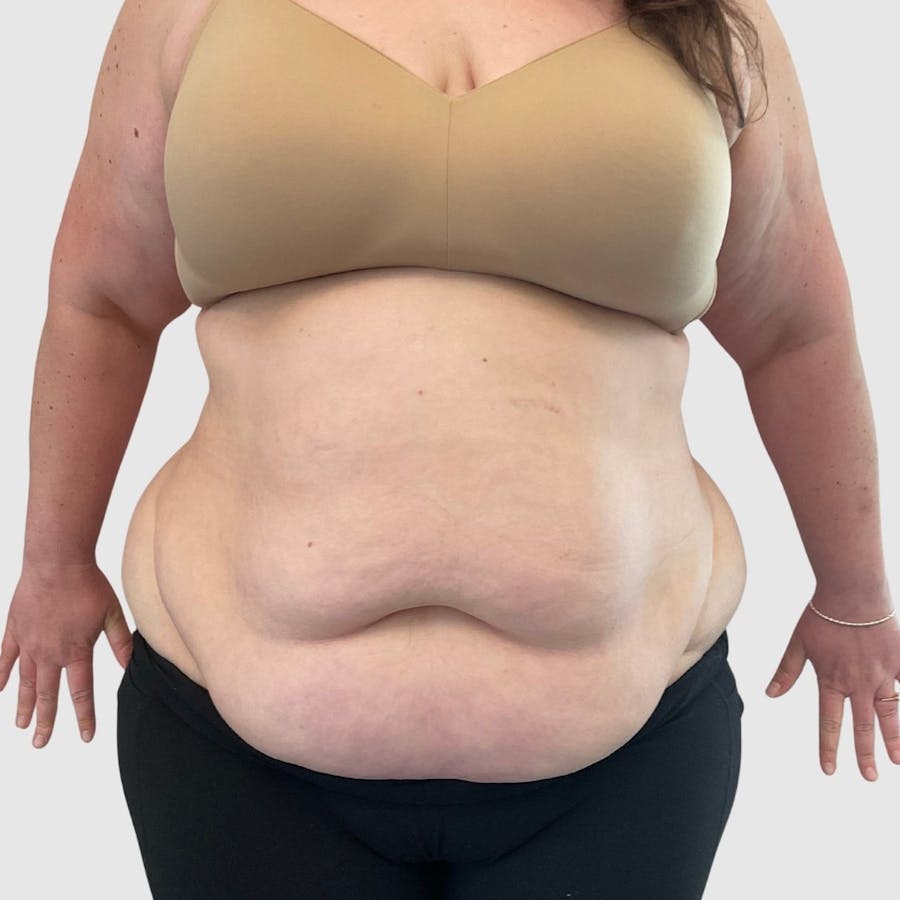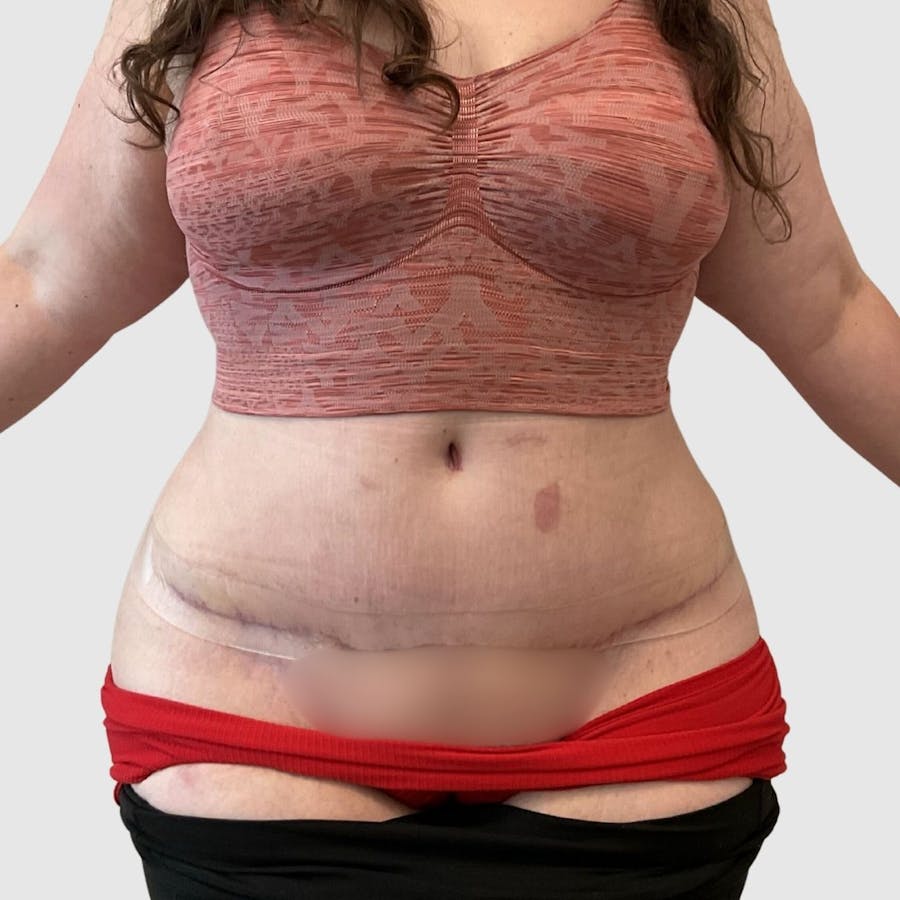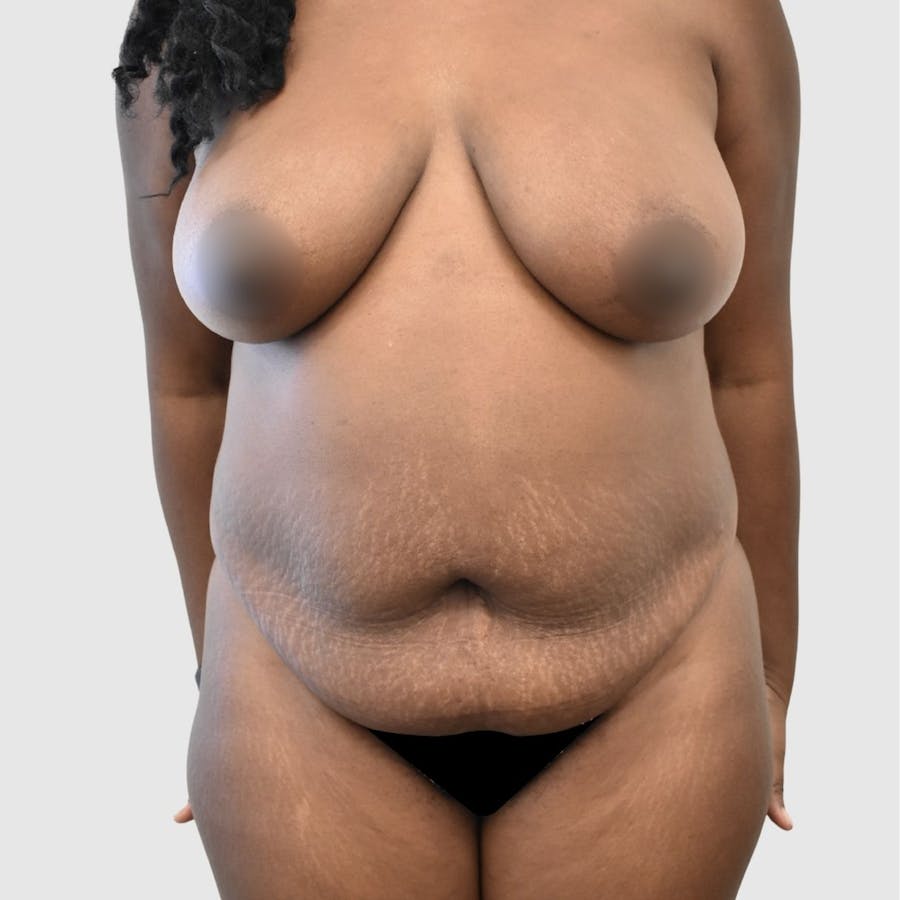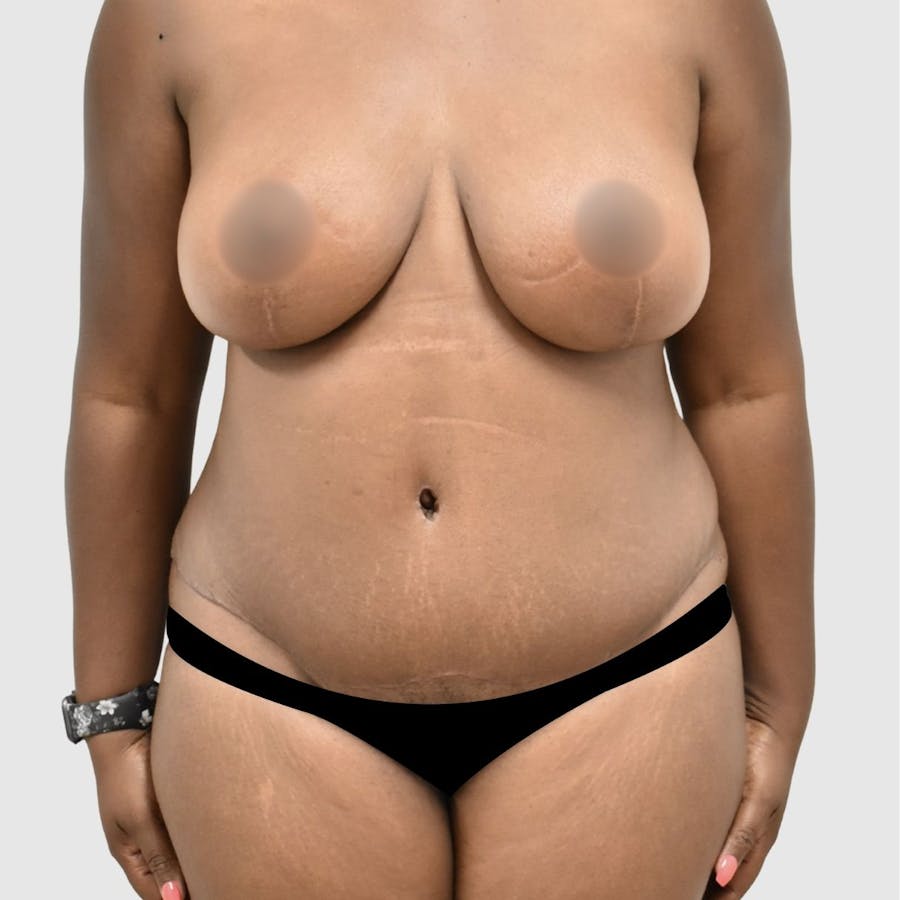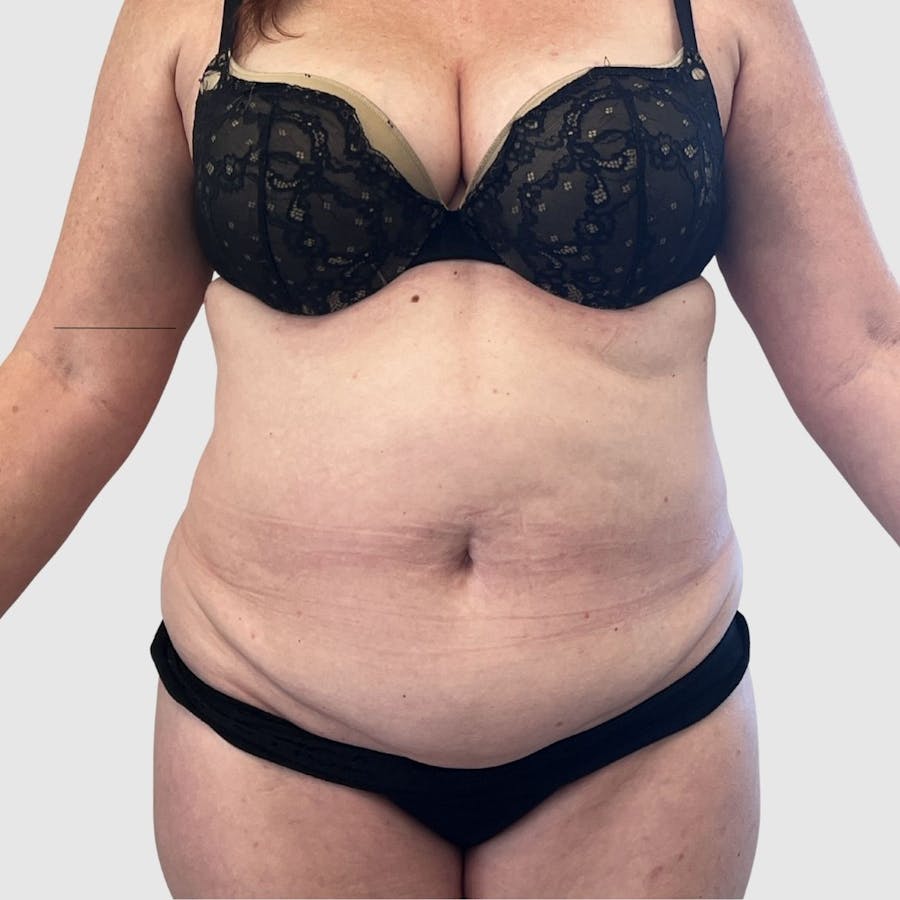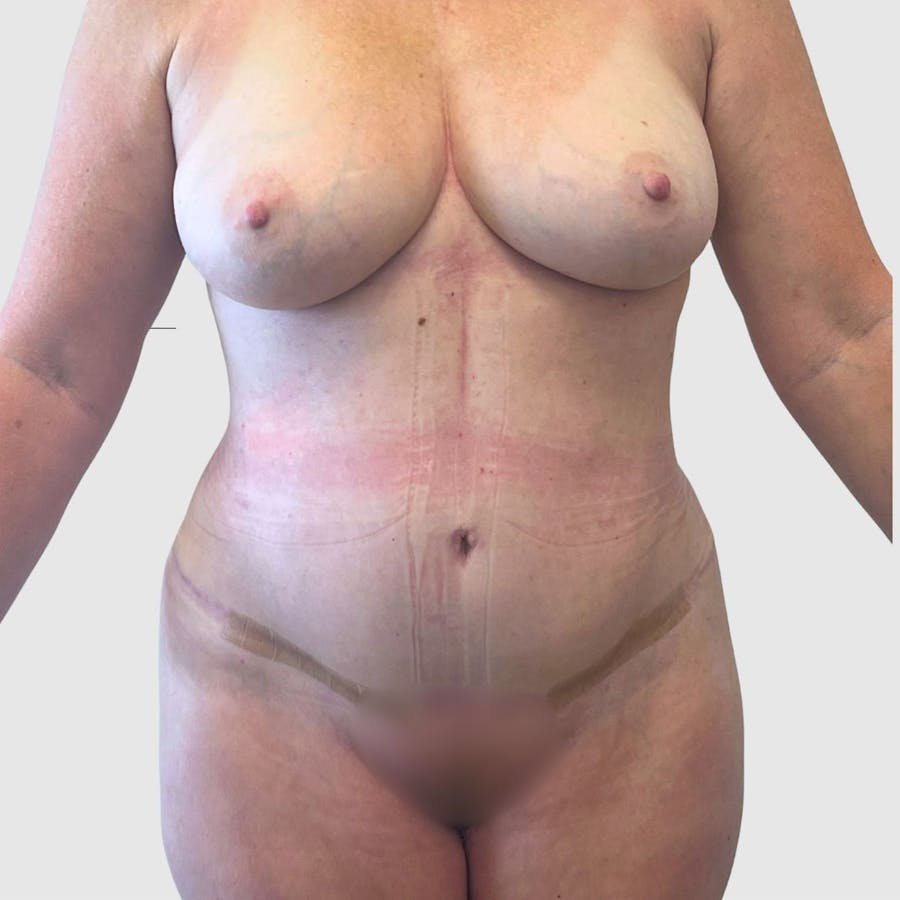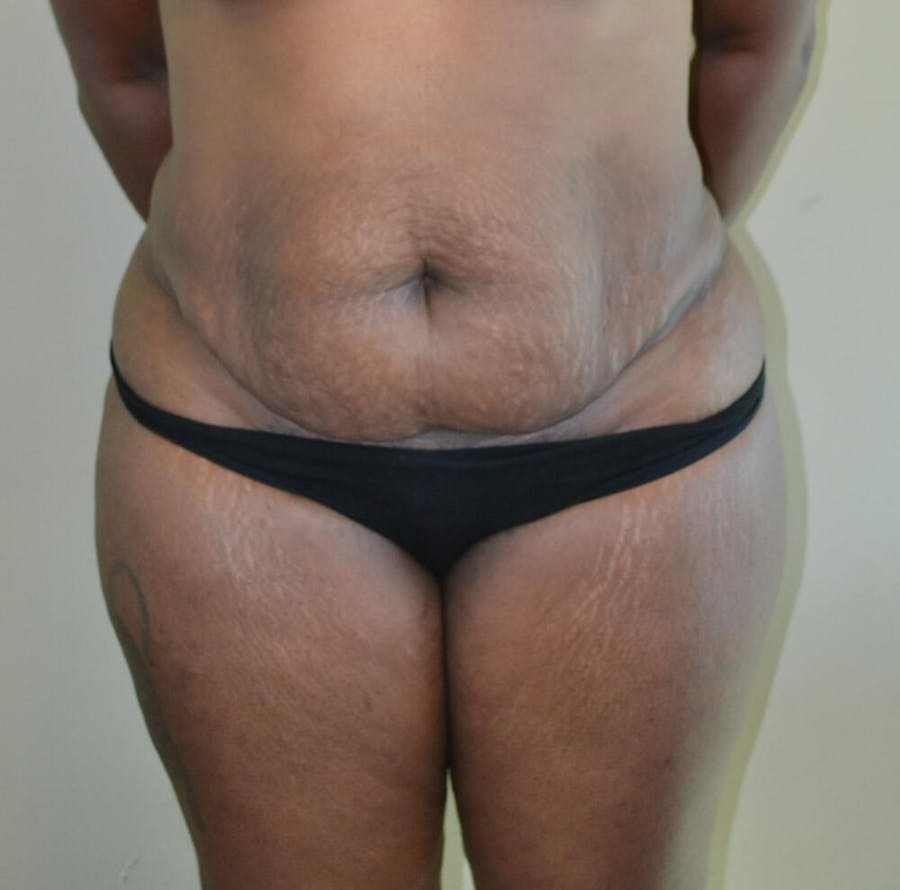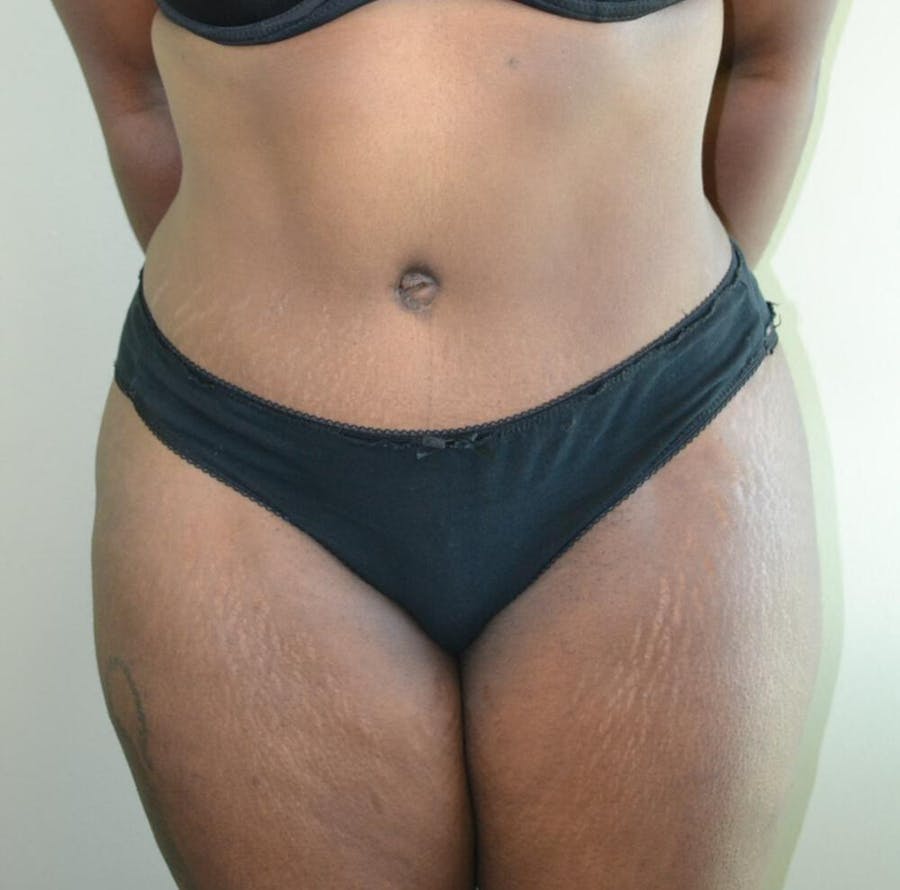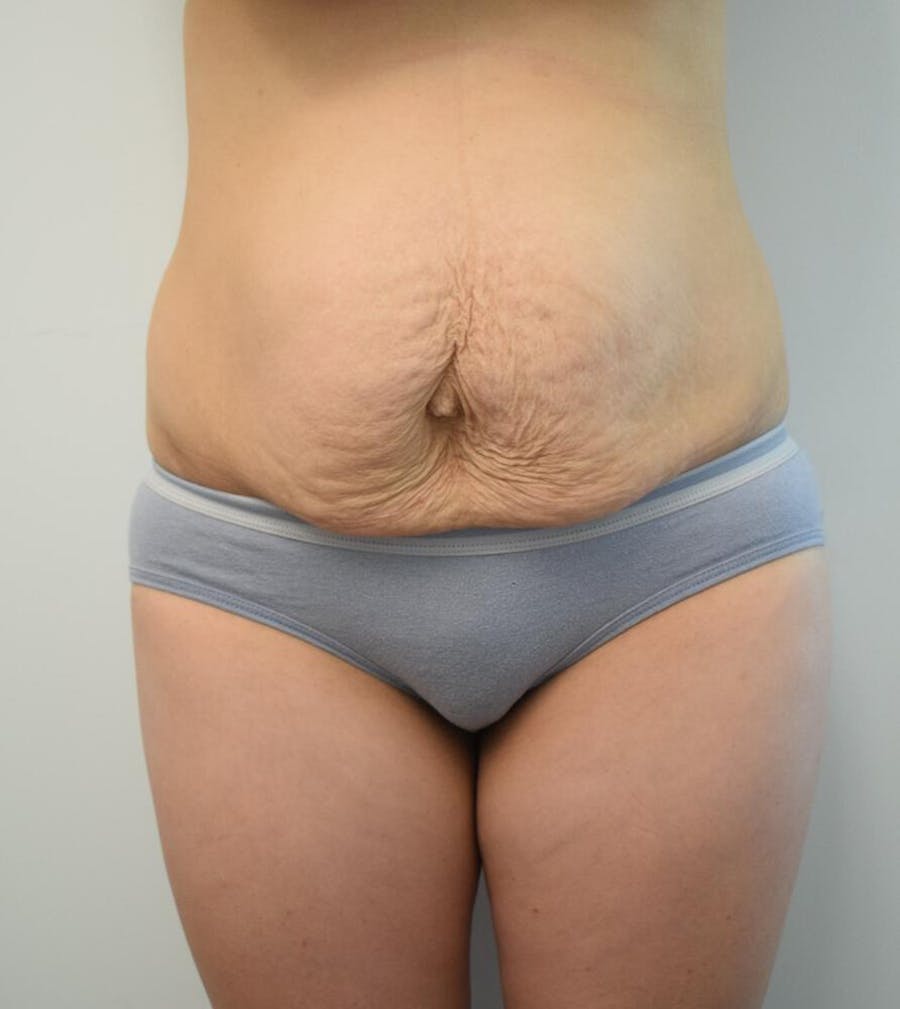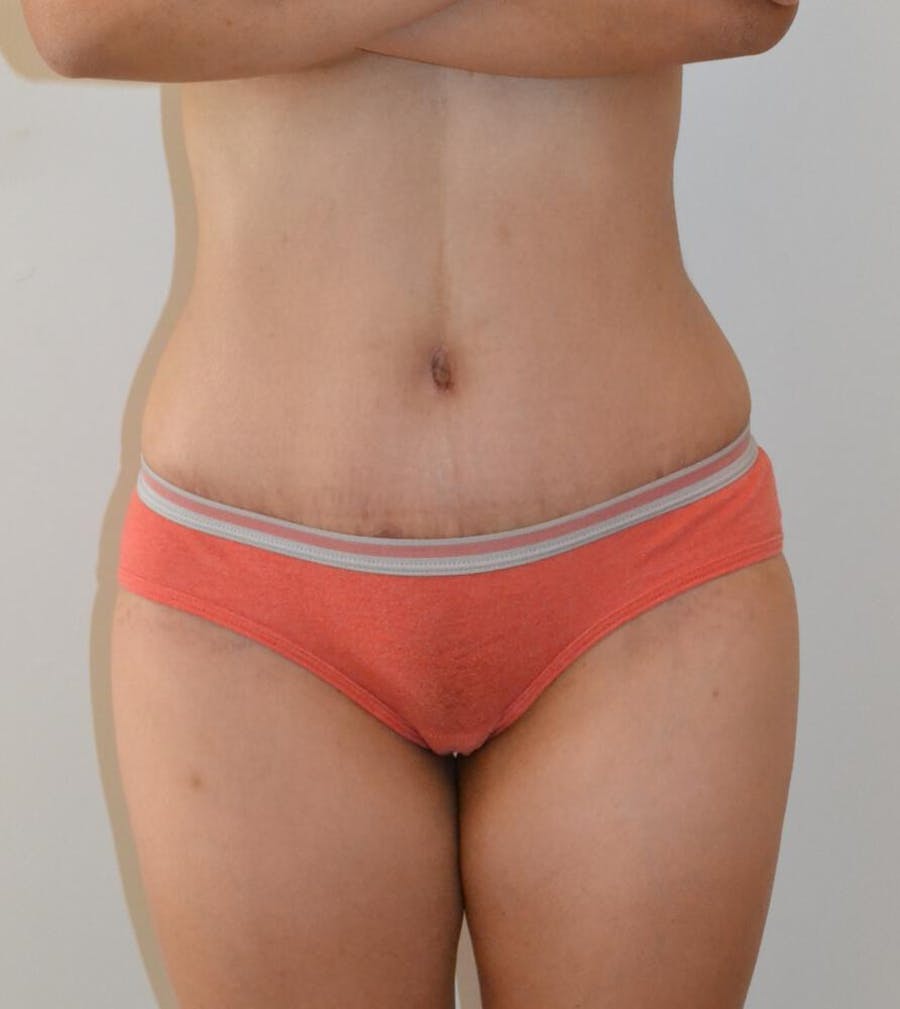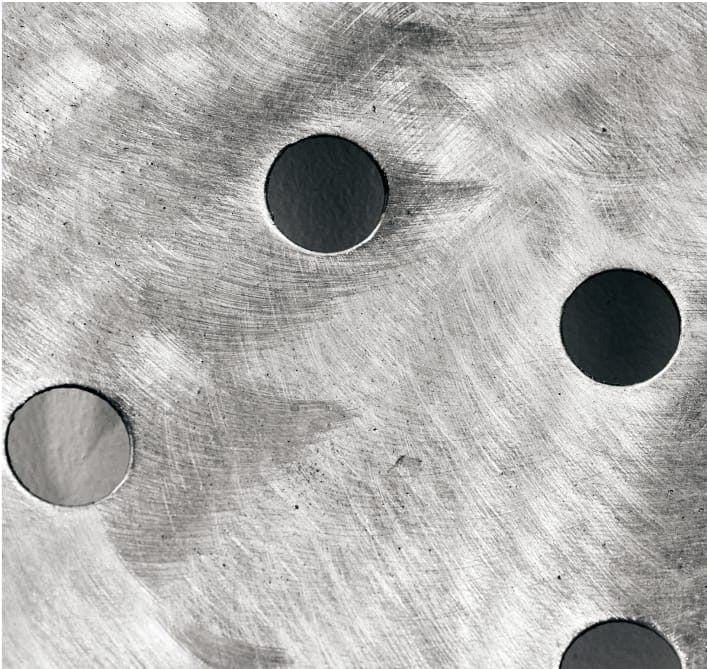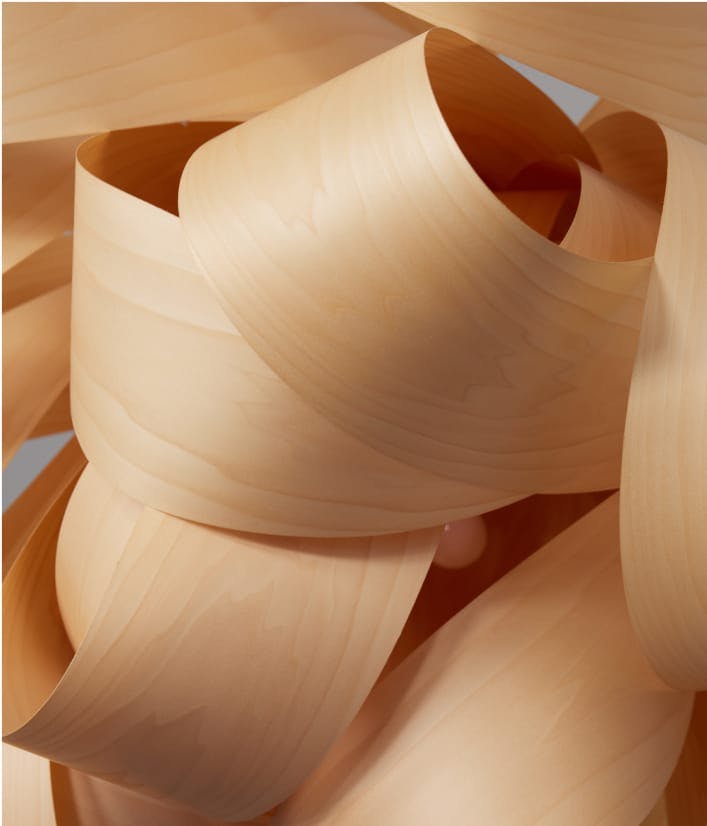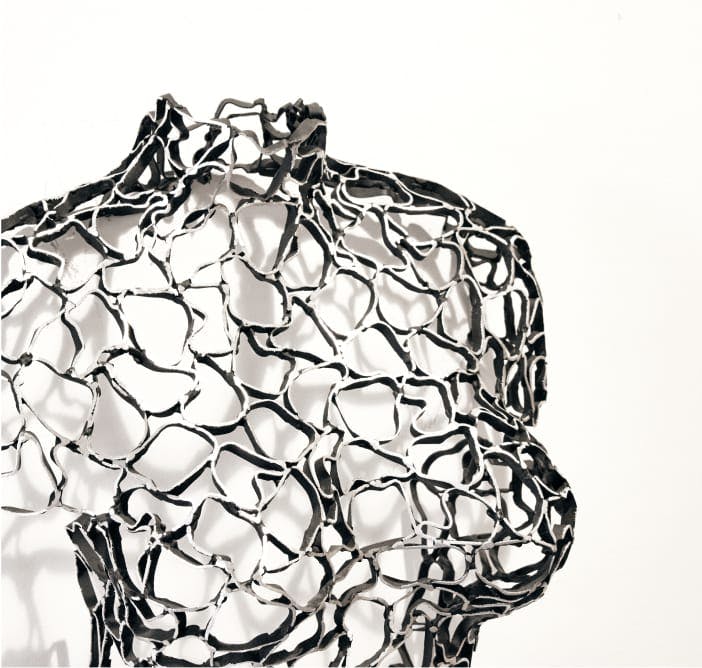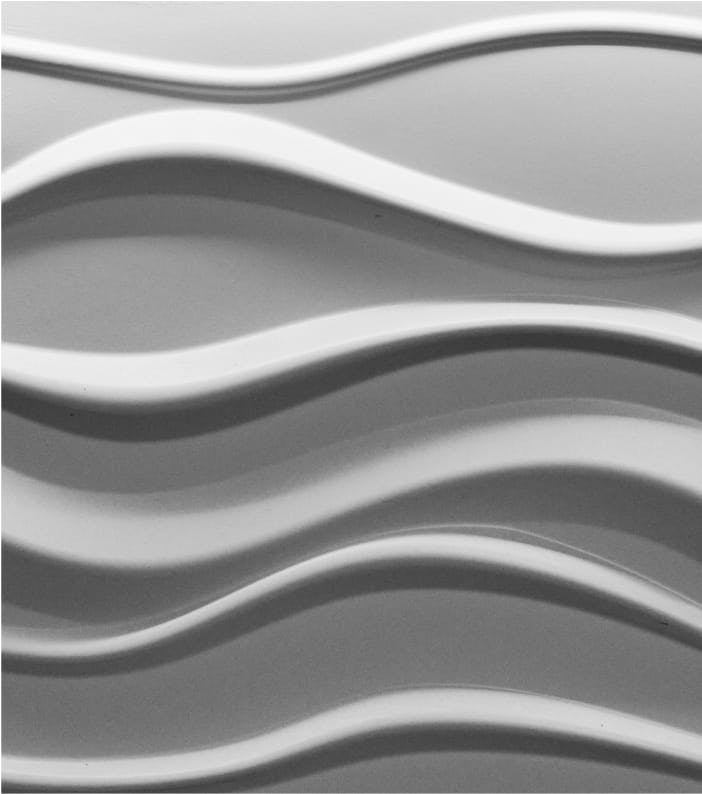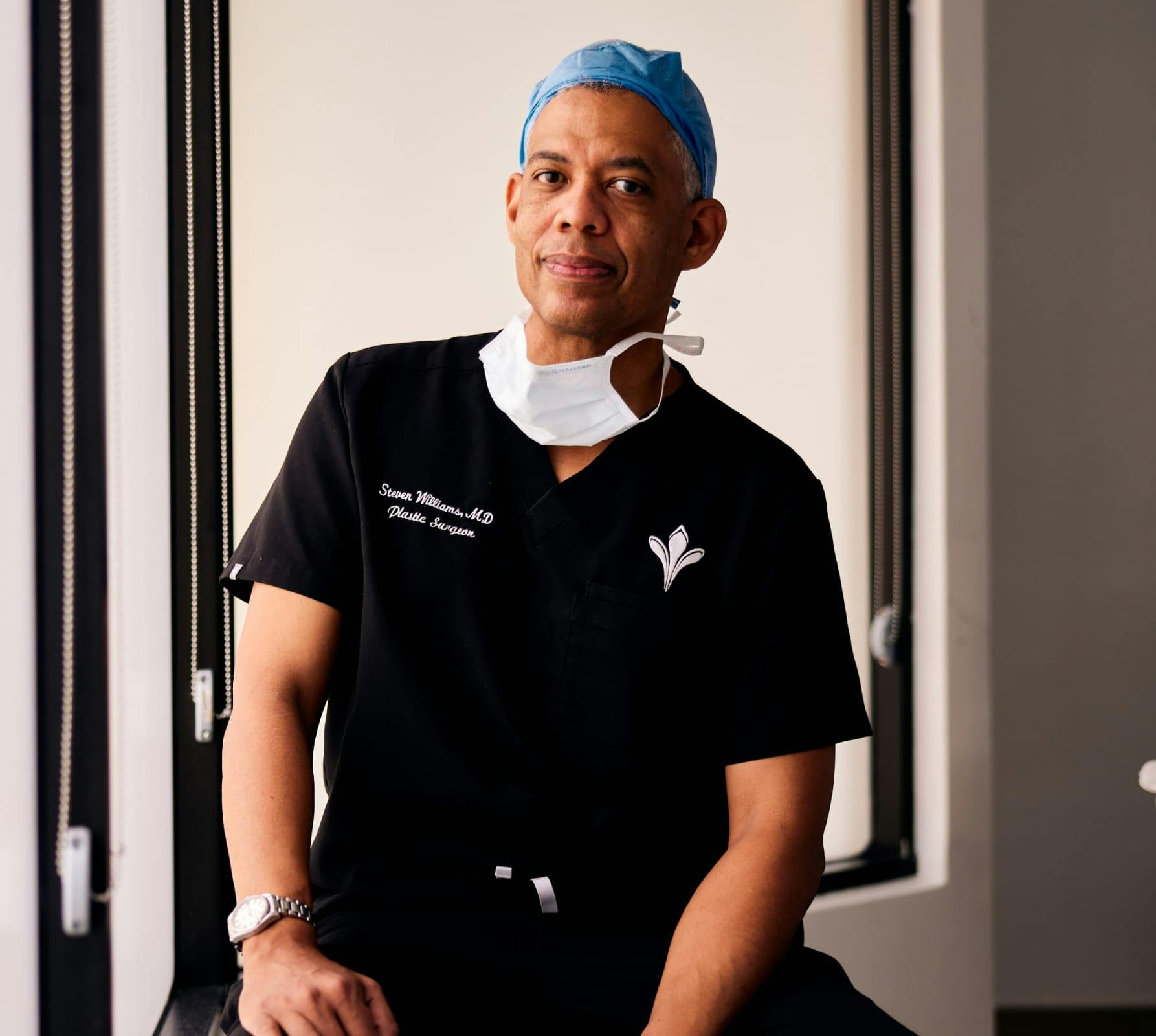Tight and Toned
There are areas of the body that can be nearly impossible to tone and tighten through diet and exercise alone. Factors such as pregnancy, weight change, and age significantly influence metabolism, fat accumulation, and skin elasticity. The abdominal muscles and skin along the lower half of the abdomen are notorious for being stubbornly resistant to diet and exercise. In addition, pregnancy can actually create more skin and decrease skin elasticity. Pregnancy also can separate your abdominal wall muscles, which is known as diastasis recti. A tummy tuck can be an effective solution for muscle separation, laxity, excess skin, and fat storage around the belly.
Tri Valley Plastic Surgery’s expert team of medical professionals is led by board-certified Dublin plastic surgeon Dr. Steven Williams. Dr. Williams is a nationally recognized leader in plastic surgery and has given thousands of satisfied patients beautiful surgical results. Give yourself the gift of body sculpting at the hands of a true master of the craft. Dr. Williams strives to deliver the best tummy tuck Dublin has to offer and will assess your candidacy for the procedure and guide you toward a customized body sculpting plan, ensuring that you receive the best possible care and results.

